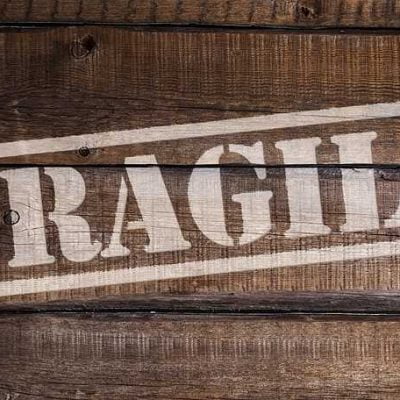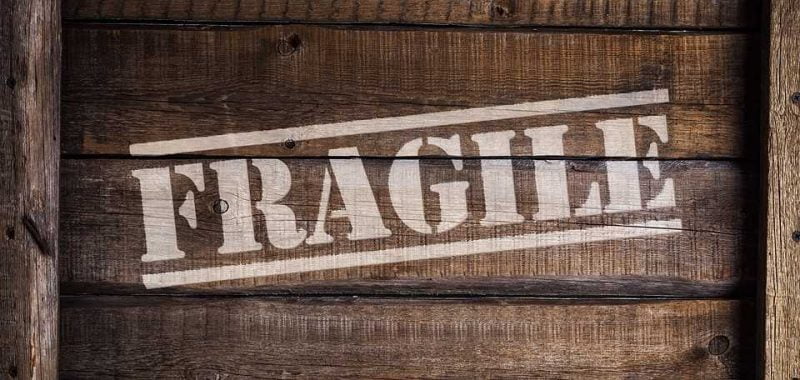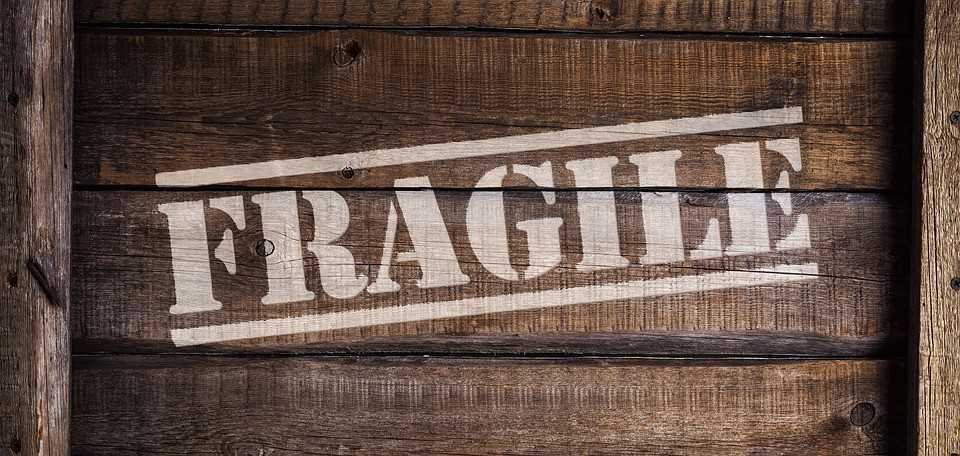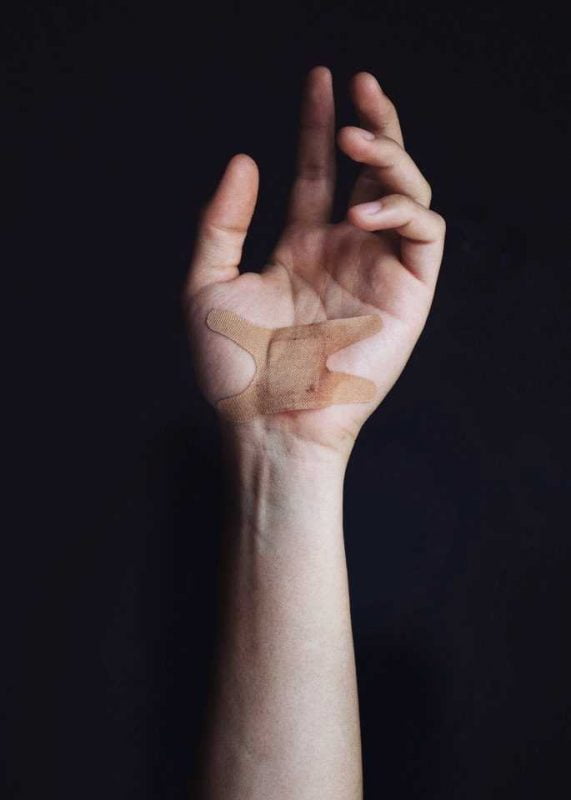When you’re moving, packing up your delicate and valuable items can be a real challenge. No one wants their favorite painting or high-tech gadget to arrive at the new place in pieces. Here’s a guide to packing fragile items with confidence.
What Are Fragile Items?
Fragile items are those that can break easily if mishandled. Think mirrors, computer equipment, musical instruments, and fine art. These items need extra attention because they can get damaged by bumps, drops, or even rough roads.
Standard vs. Special Packaging
For everyday items, standard packing is usually enough. But fragile stuff needs special treatment. This means using custom-made boxes or adding extra padding. For instance, high-end chairs or delicate electronics might need disassembly and extra cushioning to stay safe.
6 Tips for Packing Fragile Items
Wrap It Up
Fragile items need lots of protection. Stock up on duct tape, old blankets, clothes, and sturdy boxes. For smaller items like cups, wrap them in socks—clean ones, of course! Double up for extra padding.
Protect the Box
Don’t just focus on the items; the boxes need protection too. Wrap boxes in plastic wrap to shield them from damage. This extra layer helps keep everything intact during the move.
Bubble Wrap Magic
Bubble wrap is a game changer. It’s thick and filled with air, so it cushions your items effectively. One layer usually does the trick. For added protection, use bubble wrap alongside paper padding.
Big Items, Big Strategy
For large items like beds and wardrobes, disassemble them if you can. This makes them easier to pack and frees up space. Plus, you can use empty wardrobes to pack smaller items, saving you space and protecting your belongings.
Use Small Furniture Wisely
Smaller pieces like commodes are handy for packing fragile items. They’re easy to carry and can be wrapped to protect their contents. Packing these items yourself can make the moving process smoother for everyone.
Declutter Before You Pack
A clutter-free space makes packing a breeze. By decluttering, you not only make the packing process easier but also avoid unnecessary stress. Plus, you might find some lost treasures along the way!
In Summary
Packing fragile items doesn’t have to be stressful. With the right techniques and materials, you can ensure your delicate belongings make it to your new home in one piece. While handling it all yourself is an option, professional movers offer added security and ease. They know exactly how to handle your high-value and delicate items, so if you want to make your move as smooth as possible, consider letting the pros take over.









